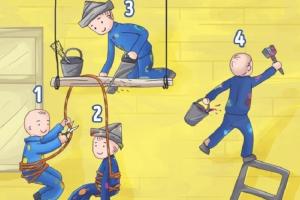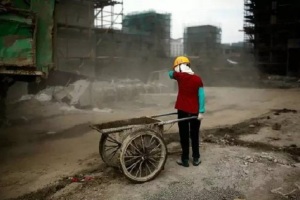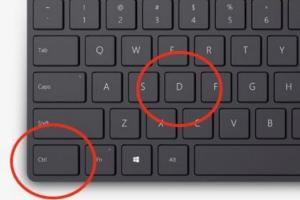Fixed assets used in the company wear out over time, and their value decreases. Therefore, persons carrying out activities and owning assets in the register of fixed assets make the so-called depreciation deductions. Thanks to them, the initial value of this fixed asset is gradually recognized in tax expenses.
Depreciation (A) is a term that defines the reduction in the value of a thing at a given moment as a result of its use. And applied to fixed assets and determines the real value of the object.
In certain situations, an entrepreneur can speed up period A of fixed assets by increasing the standard depreciation rate. Accelerated Linear A can only be applied to items of property used in hazardous conditions or subject to rapid technological progress. This will be discussed in the framework of this article.
Essence and concept
Accelerated depreciation is based on the principles of linear A. This means that all charges are equal, but their cost is higher than in the case of linear depreciation. Fixed assets are settled in a shorter period of time.
The essence of accelerated depreciation is as follows: entrepreneurs can shorten period A by applying its higher rates. Of course, this is possible only after fulfillment of certain requirements, such as the use of fixed assets in conditions that indicate their rapid consumption or in which rapid technological progress is observed.
It is preferable to use increased depreciation rates for buildings, vehicles and equipment in conditions of increased wear. Legislation provides detailed guidance on the possibility of applying higher standards A.
Accelerated depreciation increases the amount deducted from the property, plant and equipment, while reducing term A and the amount of taxes.

What is it used for?
It is important to note that accelerated depreciation can be applied to all types of fixed assets. The entrepreneur has the right to increase rates arising from the list of norms A, using the appropriate ratios for:
- buildings and structures used in worsened or poor conditions;
- machines, devices and vehicles (except for the navy) used more intensively in comparison with average conditions or requiring special technical efficiency;
- machines and equipment that are subject to rapid technological progress.
All basic conditions for using this method are listed in Art. 259.3 of the Tax Code.

Conditions of use
Accelerated depreciation is the translation of the value of an asset into the cost of production at an accelerated rate.
Since such deductions are accepted as income tax expenses, tax regulatory acts strictly regulate the issue of accelerated write-offs.
When depreciating an asset in an accelerated manner, one of the possible depreciation increase ratios is allowed. The ban on the introduction of several coefficients before that was contained only in the letters of the Ministry of Finance, but as of 1.01. In 2014, it was enshrined in paragraph 259.3 of the Tax Code.
The taxpayer must indicate in the accounting policy which acceptable indicator will be used for calculating A at the rate.
The main prerequisites for the use of this type of accelerated depreciation:
- the urgent need to quickly write off the object;
- with increased load of equipment at the very beginning of activity;
- if such objects include: electronic equipment, rapidly obsolete models;
- when regulating the load on a non-current asset;
- problems with debiting funds.

Method application situations
The list of situations that allow the use of accelerated depreciation rates:
- Conditions of an aggressive environment. The introduction of a coefficient is assigned to operating systems that are operated in criteria of high environmental aggressiveness. Increase coefficient A not more than 2.
- Conducting agricultural production work involves accelerated depreciation of all fixed assets. The coefficient increase is not more than 2.
- The work of the company in the industrial or tourist-recreational zone gives the right to use the coefficient within 2 to all OS facilities used in the work.
- For objects on the balance sheet of the lessor (lessee) of fixed assets - coefficient 3.
- Application for offshore hydrocarbon production. The right to this depreciation within a coefficient of no more than 3 is provided for companies that have a license for this activity, and operators of offshore oil production. This exception applies to equipment used to develop a new field.
- Since January 1, 2008, depreciation of 3 times is applied to water supply and sewage assets in the list, which was approved by the Cabinet of Ministers of Russia.
The tax code does not prohibit the introduction of several coefficients for various groups of operating systems. Aspects of the implementation of the coefficients should be indicated in the accounting policy of the company.
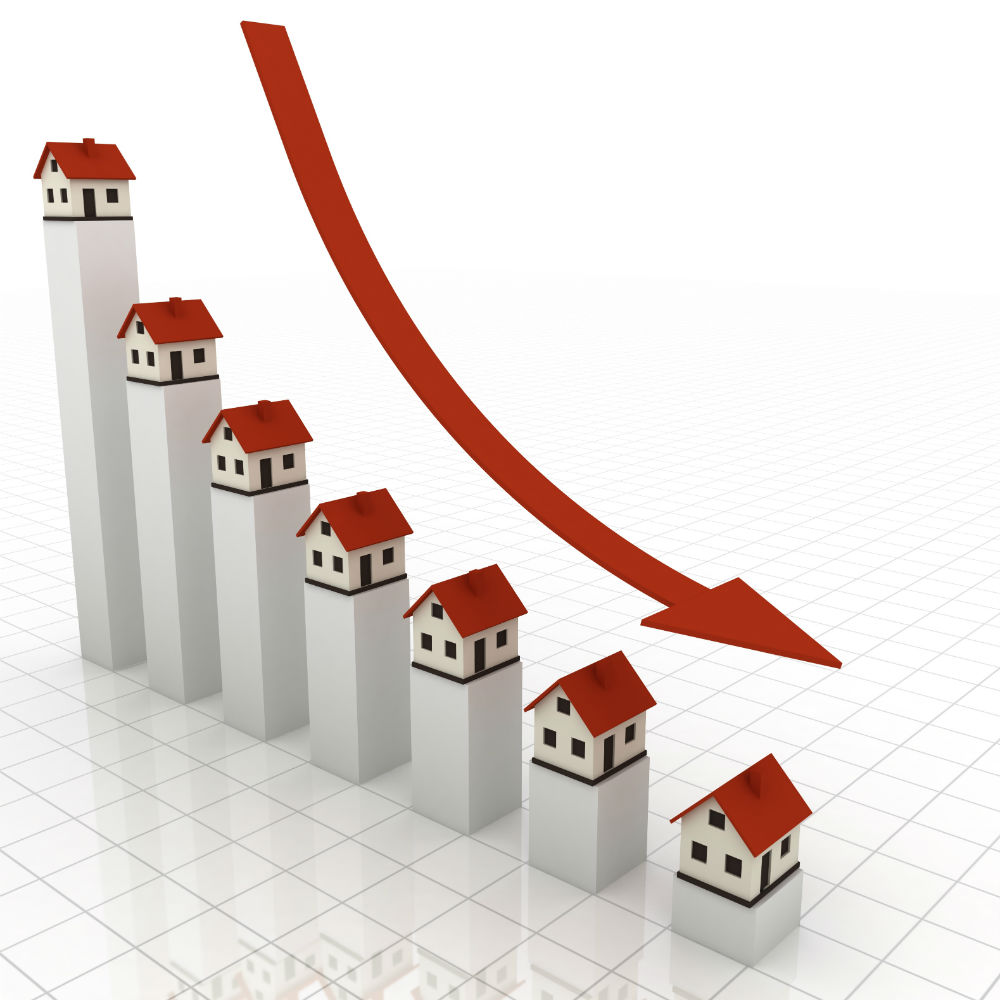
Calculation formula
In accounting, this method is also called the method of reduced balance, where the basis of the application is the residual value of the OS, the acceleration coefficient and the term of use (useful).
The formula for accelerated depreciation looks like this:
A = St / SPI * K,
where A is the sum of depreciation deductions, tons;
St - the residual value of the asset at the beginning of the year, tons;
SPI - asset use time, years;
K is the acceleration coefficient. The maximum value is 3. For small enterprises, not higher than 2.
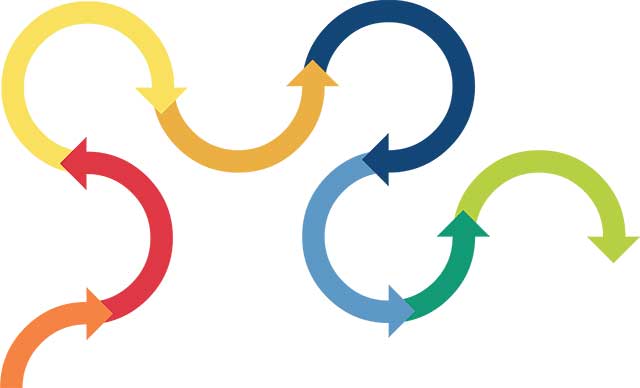
Odds
The acceleration coefficient is a fixed indicator established by law that is used to calculate accelerated depreciation of fixed assets if the company has a basis.
This indicator ranged from 2 to 3.
Using this indicator, the manufacturer lays the cost of OS depreciation in the final price of the product, taking into account multiplication by this indicator.
In the end, these amounts are reflected in the total cost of production in the direction of growth, which helps to make up for equipment costs and reduce the amount of tax payments.
Coefficients that increase the depreciation charges used on this basis can be a maximum of:
- 1.2 in the case of buildings and structures used in worsened conditions;
- 1.4 in the case of buildings and structures used in poor conditions and the above devices and vehicles;
- 2.0 for machinery and equipment of groups 4-6.
What is important, the coefficient used by the entrepreneur should not reach the maximum amount specified in regulatory enactments. However, it is worth remembering that the choice of the maximum possible coefficient leads to the maximum reduction in the depreciation period.

Ways
Accelerated depreciation methods include the following:
- reduced balance;
- write-offs based on the sum of the number of years of the useful life;
- use of boosting factors.
The latter method is the most common.
When applying the first method, the value of the property is measured, provided that the corresponding objects can be characterized by uneven returns during the entire period of application. It is relevant for tools that quickly become obsolete.
The second method allows you to write off most of the cost of the OS in the first years of operation of the facility completely.
How to speed up?
At this stage, it is worth noting that when using the building in deteriorated conditions, it is implied using it under the constant influence of water, water vapor, significant vibrations, sudden changes in temperature and other factors affecting the acceleration of the use of the object. In turn, the use of buildings under the influence of destructive chemicals (regardless of their origin) is considered poor.
The use of accelerated depreciation in leasing
Organizations that have a leased asset on their own balance sheet can accrue A at an accelerated rate with a coefficient of no more than 3. The exception is objects of the 1st, 2nd and 3rd groups.
If the object is the whole enterprise, as a single material complex, accelerated depreciation under a leasing agreement is accrued on all fixed assets, not counting assets belonging to the 1st, 2nd and 3rd groups.
Government officials of the Ministry of Finance of the Russian Federation indicate that the lessor has the right to continue accruing at an accelerated pace, even if the tenant has changed.
A new tenant can use raising values within 3 when receiving a leased object that another user had before. The new owner can, without the help of others, set the size of the coefficient, without focusing on past data.
If the leased asset is used under an agreement concluded before January 1, 2002, accelerated depreciation is accrued to it in accordance with the following rules:
- fees correspond to the method used in the transfer of ownership;
- accrual occurs with the introduction of a coefficient of not more than 3;
- non-linearly depreciated property should be allocated to a separate subgroup.

Example
The transport company acquired an SUV that will transport the expedition members along with all the necessary equipment. In connection with the purpose of this vehicle and the difficult operating conditions in which it will be used, it was decided to increase the depreciation rate using the maximum coefficient: 1.4. The initial cost of the car was 700 tons.
Calculation of monthly depreciation: 700 tons. X 20% x 1.4: 12 months = 16.33 thousand rubles.
In the case of traditional depreciation, the monthly write-off will be: 700 thousand rubles. X 20%: 12 months = 11.66 thousand rubles.
Conclusion
Thus, by writing off depreciation using the accelerated method, the taxpayer reduces the tax base on property. And since, according to Article 252 of the Tax Code of the Russian Federation, documentary confirmation of all expenses is required, you should carefully consider the issue of write-offs when using this technique.

